Essential Guide to Choosing the Right Food Equipment for Your Restaurant: Key Insights and Data
In the competitive landscape of the restaurant industry, selecting the right food equipment is pivotal to driving operational efficiency and enhancing food quality. According to a recent report by the National Restaurant Association, over 70% of restaurant operators identify kitchen equipment as a critical area for maximizing profitability. Moreover, with the food equipment market projected to reach $62 billion by 2024, businesses must navigate a diverse array of options to meet their unique culinary needs. This essential guide delves into the nuances of choosing food equipment that not only aligns with your specific menu requirements but also adheres to sustainability and cost-effectiveness. By harnessing key insights and data, restaurant owners can make informed decisions that elevate both their operational capabilities and customer satisfaction.
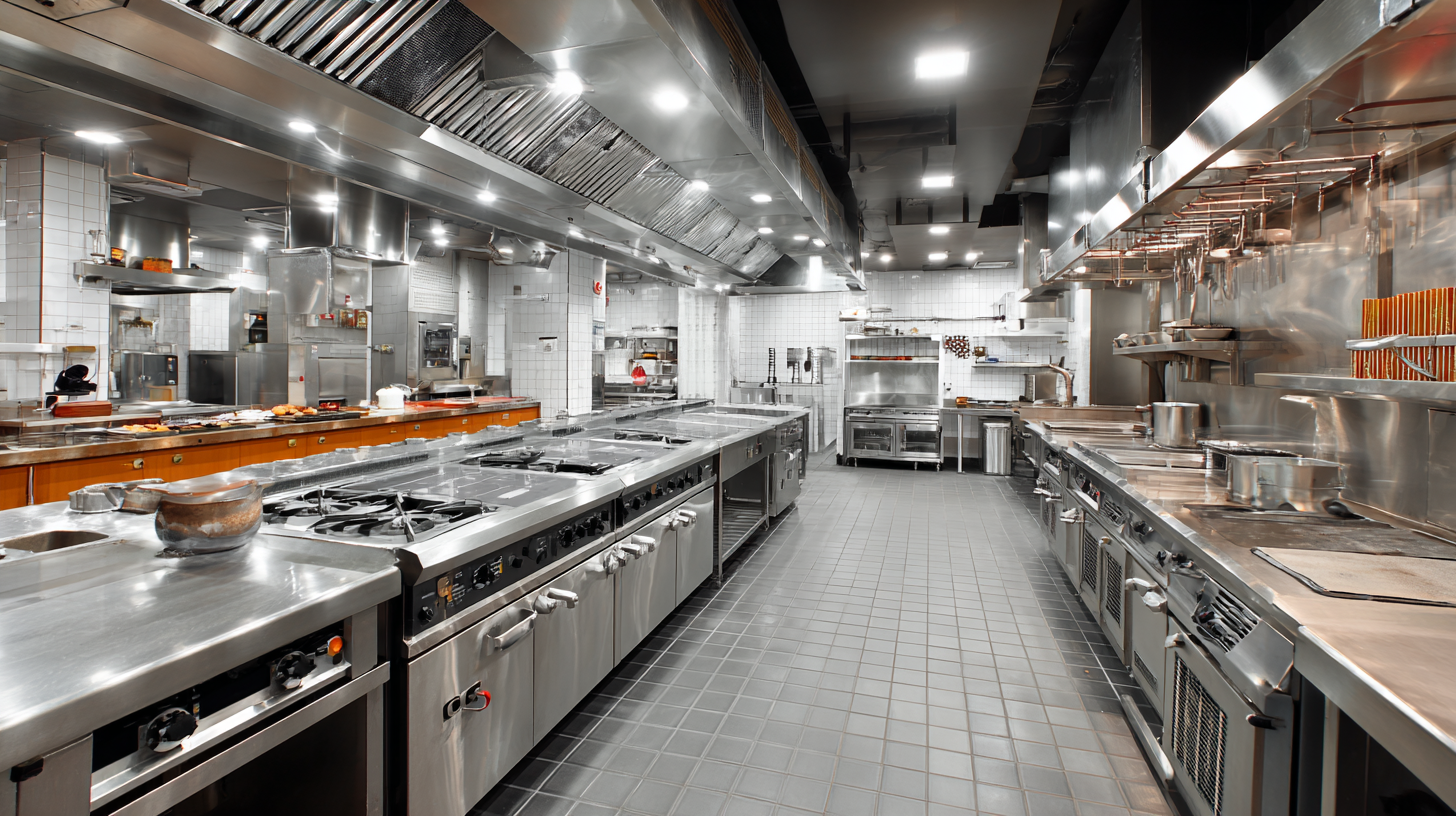
Understanding Your Restaurant's Unique Needs for Food Equipment
When it comes to equipping your restaurant, understanding your unique needs is paramount. Every establishment—from a quaint café to a bustling fine dining venue—has distinct requirements based on its menu, customer volume, and overall concept. Begin by evaluating your menu offerings: consider the types of cuisine you serve, the cooking methods involved, and the essential equipment necessary to execute these dishes flawlessly. This assessment will guide you in selecting equipment that not only enhances efficiency but also supports the culinary vision of your restaurant.
Additionally, consider the flow of your restaurant's kitchen. The layout, including the placement of equipment, can significantly impact productivity. Ensure that the food equipment you choose promotes a smooth workflow, minimizes cross-contamination, and allows easy access to tools during peak service times. With proper planning, the chosen equipment can elevate your restaurant’s operations, making it easier for your staff to deliver high-quality dishes quickly, thus enhancing overall customer satisfaction and ensuring repeat business.
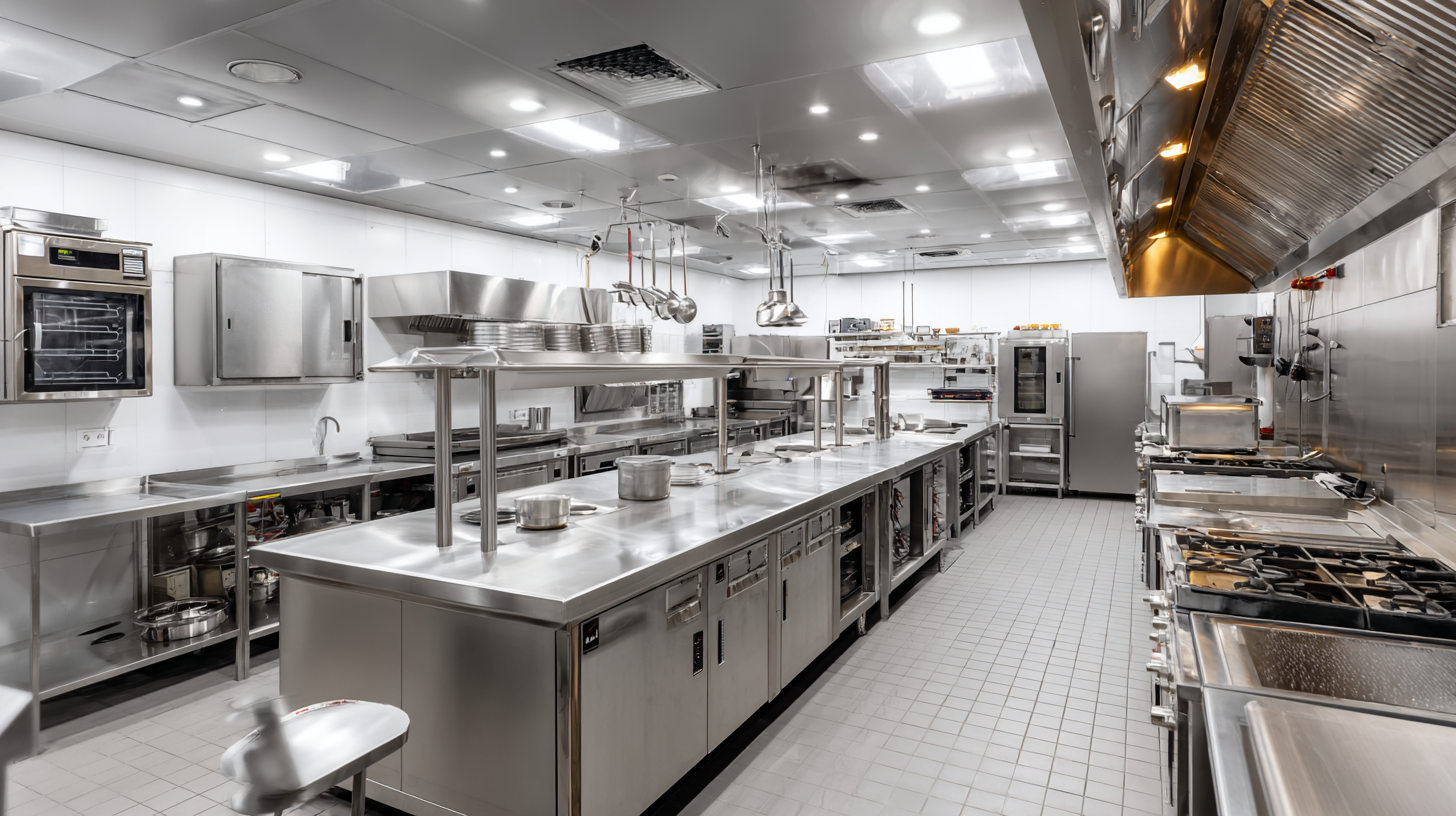
Analyzing the Cost-Benefit Ratio of Different Food Equipment
When selecting the right food equipment for your restaurant, understanding the cost-benefit ratio of different options is crucial. Investing wisely in food equipment can significantly impact your operational efficiency and overall profitability. For instance, while high-quality kitchen appliances might carry a heavier upfront price tag, they often provide better durability, energy efficiency, and faster cooking times, leading to long-term savings.
Tips for choosing the right equipment include assessing your menu needs and kitchen space. Consider the volume of food you’ll be preparing and whether the equipment can handle peak hours without breakdowns. It's also wise to explore financing options that might allow you to invest in higher-end equipment that could enhance your service speed and food quality.
Furthermore, evaluate the maintenance costs associated with different equipment types. Some equipment may be less expensive initially but could require frequent repairs or replacements, which adds to the overall expense. Opt for equipment with good warranty options and reliable service support to ensure your restaurant remains well-equipped to meet customer demands while maintaining efficiency.
Essential Guide to Choosing the Right Food Equipment for Your Restaurant: Key Insights and Data
| Equipment Type | Initial Cost ($) | Lifespan (Years) | Annual Maintenance Cost ($) | Energy Consumption (kWh/year) | Cost-Benefit Ratio |
|---|---|---|---|---|---|
| Commercial Oven | 3,500 | 10 | 250 | 2,000 | 12.5 |
| Refrigerator/Freezer | 4,000 | 15 | 300 | 1,500 | 15.56 |
| Dishwasher | 5,000 | 8 | 150 | 1,200 | 19.58 |
| Fryer | 3,200 | 7 | 200 | 1,800 | 14.22 |
| Griddle | 2,800 | 12 | 250 | 1,000 | 10.83 |
Top Trends in Restaurant Food Equipment You Should Consider
In the ever-evolving restaurant landscape, staying abreast of emerging food equipment trends is essential for success. The 2022 National Restaurant Association Show underscored several key innovations that are shaping the industry. One prominent trend is the shift towards equipment that enhances efficiency while minimizing waste. As restaurants increasingly focus on sustainability, tools that optimize energy use and streamline operations are gaining traction. This not only caters to environmentally conscious consumers but also aligns with the growing need for cost-effective solutions in a competitive market.
Additionally, the incorporation of technology in foodservice equipment is transforming how restaurants operate. Items like self-service kiosks and automated cooking systems are not only enhancing customer experiences but also addressing labor shortages. With the increased demand for personalization and convenience, equipment that allows for dynamic pricing and menu adjustments will become crucial. As we look towards 2025, restaurant operators should prioritize these innovations to not only meet consumer expectations but also to thrive in a landscape defined by rapid change and consumer preferences.
Top Trends in Restaurant Food Equipment in 2023
Key Features to Look for in Reliable Food Equipment
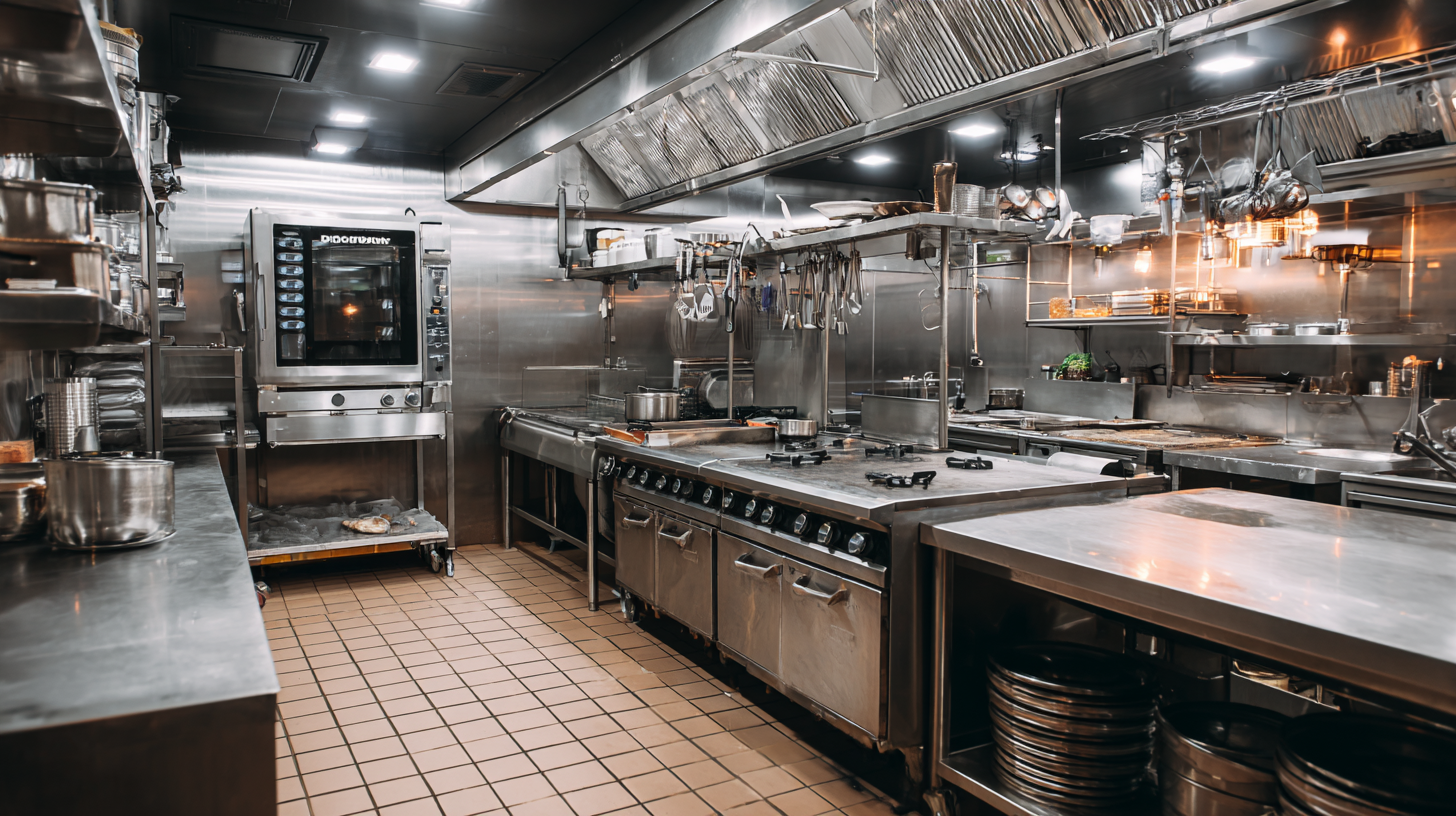 When selecting food equipment for your restaurant, it’s crucial to focus on several key features that ensure reliability and efficiency. First, durability should be a top priority. High-quality materials can withstand the rigors of a busy kitchen, reducing the risk of breakage and maintenance costs. Look for equipment made from stainless steel or heavy-duty plastics, as these materials not only last longer but also facilitate easier cleaning and sanitization.
When selecting food equipment for your restaurant, it’s crucial to focus on several key features that ensure reliability and efficiency. First, durability should be a top priority. High-quality materials can withstand the rigors of a busy kitchen, reducing the risk of breakage and maintenance costs. Look for equipment made from stainless steel or heavy-duty plastics, as these materials not only last longer but also facilitate easier cleaning and sanitization.
Another important feature is energy efficiency. Investing in equipment that consumes less energy can lead to significant cost savings over time. Check for Energy Star ratings, which indicate compliance with energy efficiency guidelines. Additionally, consider equipment with programmable settings, allowing for precise control over cooking times and temperatures, which can enhance food consistency and reduce waste.
Finally, user-friendliness plays a vital role in the selection process. Equipment that is intuitive to operate can streamline kitchen operations and minimize the risk of accidents. Look for features like safety locks, ergonomic designs, and clear displays that make it easier for your staff to work efficiently. Prioritizing these attributes when choosing food equipment will not only boost your kitchen’s performance but also contribute to a more enjoyable dining experience for your customers.
Maintenance Tips to Extend the Lifespan of Your Kitchen Equipment
Maintenance is a critical aspect of managing kitchen equipment in the restaurant industry. According to the National Restaurant Association, approximately 75% of restaurant equipment failures can be attributed to inadequate maintenance practices. To maximize the lifespan of your kitchen tools, implementing a consistent maintenance routine is essential. Regular cleaning and inspection of high-use items, such as ovens and refrigerators, can help identify potential issues before they escalate into costly repairs or replacements.
In addition to routine cleaning, using manufacturer-recommended maintenance schedules can lead to significant cost savings. A recent study by Foodservice Equipment Reports found that restaurants that adhere to preventive maintenance programs can reduce equipment failure rates by up to 30%. This not only minimizes unexpected downtime but also enhances food safety and quality, which are vital for maintaining a good reputation and customer satisfaction. By investing in proper maintenance, restaurant owners can ensure their equipment operates efficiently and effectively, ultimately contributing to the bottom line.
Related Posts
-

Innovative Food Equipment Solutions That Elevate Your Culinary Business
-
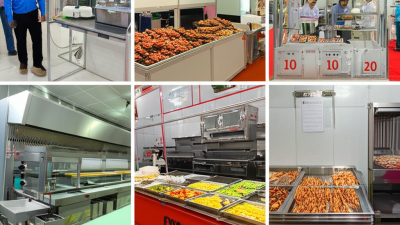
Top 10 Leading Commercial Food Service China Manufacturers at the 137th Canton Fair
-
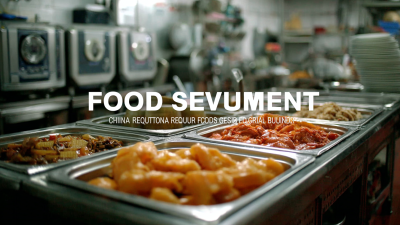
China Quality Revolution in Best Food Service Equipment for Global Buyers
-
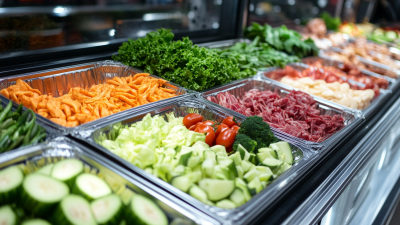
How to Enhance Your Business Efficiency with Commercial Food Service Solutions
-

Challenges Faced by Global Buyers in Sourcing Restaurant Equipment
-

How to Elevate Your Culinary Business with Essential Commercial Kitchen Accessories
